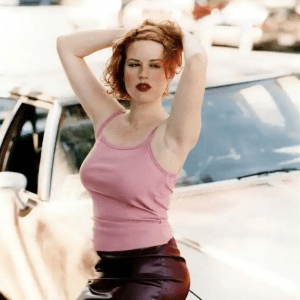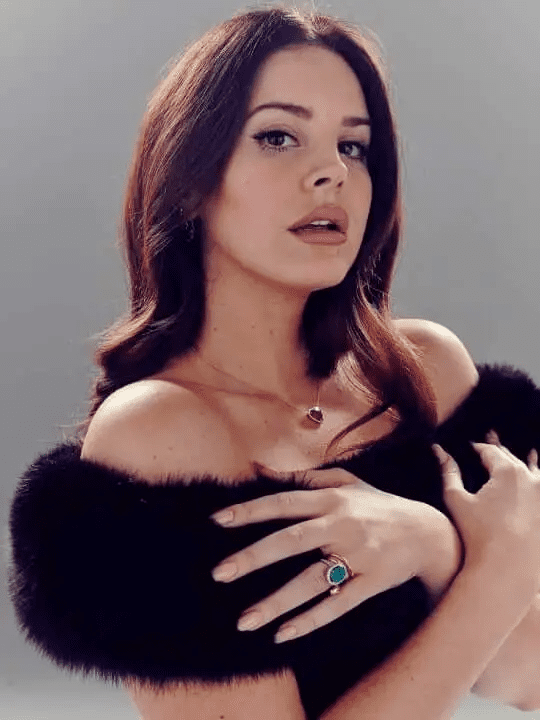
Lana Del Rey has reshaped modern music with her distinct blend of vintage aesthetics, cinematic storytelling, and deeply introspective lyrics. From her humble beginnings as an aspiring singer-songwriter to becoming one of the most influential voices in contemporary music, she has remained an artist who defies industry norms. With a career that continues to evolve, Del Rey’s impact is undeniable. This article delves into her life, career, and lasting influence on the music industry.
Early Life and Influences: The Making of a Star

Born Elizabeth Woolridge Grant on June 21, 1985, in New York City, Lana Del Rey spent much of her childhood in Lake Placid, a quiet town in upstate New York. Growing up in an artistic environment, she developed a deep love for poetry, classic films, and the moody elegance of American pop culture—all of which would later shape her signature artistic style.
Music played a vital role in her upbringing. She sang in her church choir and found solace in songwriting. Inspired by literary greats and the nostalgia of American dreamscapes, she began crafting lyrics that explored themes of love, longing, and heartbreak. By the time she reached her late teens, she had moved to New York City to study philosophy at Fordham University while simultaneously pursuing a career in music.
Video:
Lana Del Rey – High By The Beach
Finding Her Sound: The Early Years
Before her mainstream breakthrough, Del Rey performed under various stage names and experimented with different musical styles. She played in small venues across New York, refining her sound and aesthetic. Instead of chasing commercial success, she focused on curating a persona that blended old Hollywood glamor with melancholic storytelling.
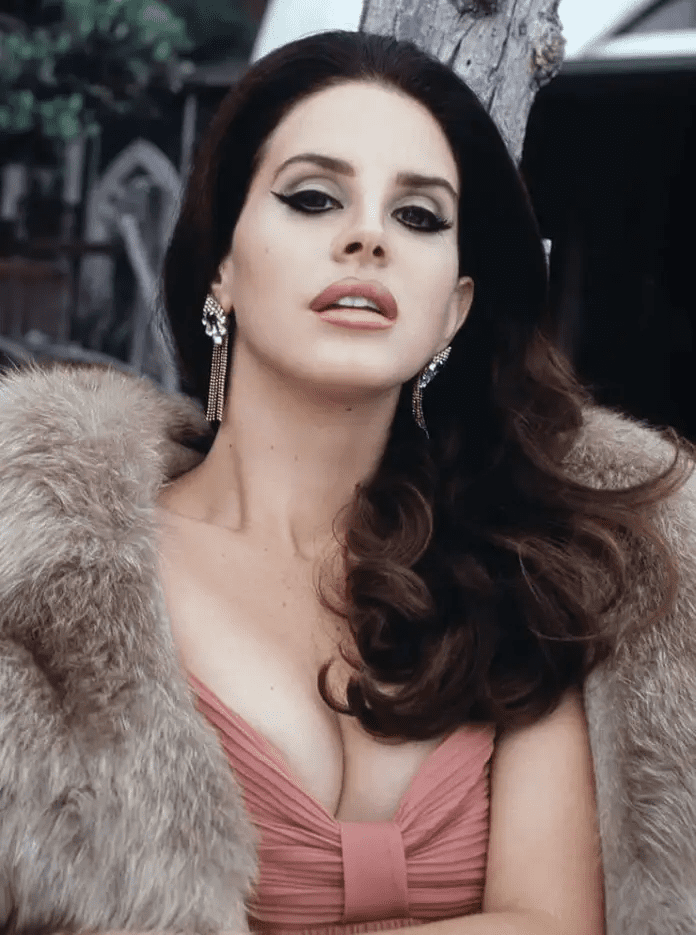
In 2010, she independently released her debut album, “Lana Del Ray A.K.A. Lizzy Grant.” Though the album did not gain much traction commercially, it provided a glimpse of what was to come—moody, poetic songwriting wrapped in dreamy, cinematic production. This early effort laid the foundation for the artistry that would later captivate millions.

The Breakthrough: “Video Games” and “Born to Die”
Lana Del Rey’s defining moment came in 2011 with the release of “Video Games.” The song, with its haunting melody and deeply nostalgic lyrics, quickly went viral. The accompanying self-produced, vintage-style music video resonated with audiences worldwide, introducing them to an artist unlike any other.

Building on this momentum, she released “Born to Die” in 2012. The album, featuring hits like “Summertime Sadness”, “Blue Jeans”, and “National Anthem”, was both a commercial success and a cultural phenomenon. With its grand orchestration, melancholic storytelling, and cinematic production, Born to Die redefined pop music and introduced a sound that countless artists would later emulate.

Despite receiving mixed reviews from some critics, the album went multi-platinum and cemented Del Rey’s position as a music industry powerhouse. She proved she was more than just a viral sensation—she was a visionary.
Video:
Lana Del Rey – Freak
Evolution and Growth: “Ultraviolence” and “Honeymoon”
Rather than staying within the confines of mainstream success, Lana Del Rey took an unexpected turn with her 2014 album “Ultraviolence.” This record saw her embracing a darker, grittier rock-inspired sound influenced by 1970s blues and psychedelic music. Songs like “West Coast”, “Shades of Cool”, and “Brooklyn Baby” showcased her ability to evolve while staying true to her signature cinematic approach.

A year later, she released “Honeymoon” (2015), returning to her ethereal, orchestral sound. Tracks like “High by the Beach” and “Music to Watch Boys To” reflected a dreamlike quality, reminiscent of classic Hollywood film scores. The album felt like a return to the poetic, haunting beauty that first defined her career.

Redefining Her Legacy: “Lust for Life” and “Norman F*g Rockwell!”
By 2017, Del Rey had become a household name. With her album “Lust for Life,” she collaborated with artists like The Weeknd, A$AP Rocky, and Stevie Nicks, blending themes of hope, self-discovery, and political awareness. Unlike her previous albums, which often delved into doomed romances and escapism, Lust for Life introduced a newfound optimism, proving her ability to evolve both personally and artistically.

Then came 2019’s “Norman F*g Rockwell!”, an album that many consider her magnum opus. Critically acclaimed for its sophisticated songwriting and stripped-down production, the record included standout tracks like “Venice B**”**, “Mariners Apartment Complex”, and “Doin’ Time.” This was a turning point in her career—she was no longer just a nostalgic artist with a signature aesthetic. She was a true songwriter, one who could stand alongside the greatest lyricists of her generation.
Continued Success: “Chemtrails Over the Country Club” and “Blue Banisters”
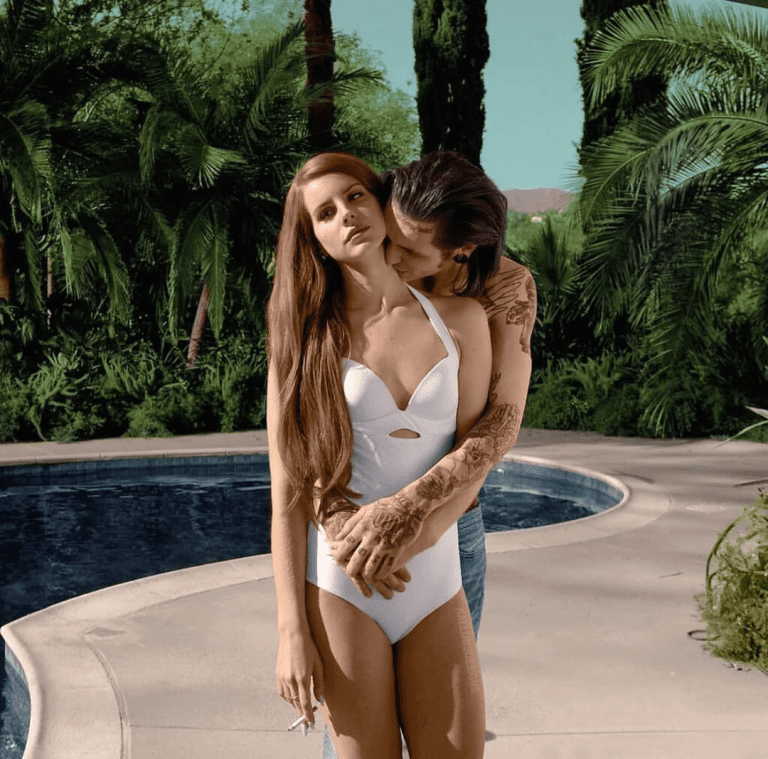
Lana Del Rey continued her introspective musical journey with 2021’s “Chemtrails Over the Country Club” and “Blue Banisters.” Both albums embraced personal storytelling, tackling themes of identity, fame, and self-reflection.

Unlike her earlier work, which often romanticized escapism, these records felt more grounded—more personal. Songs like “White Dress”, “Arcadia”, and “Beautiful” revealed a raw vulnerability, proving that she still had more layers to uncover as an artist.
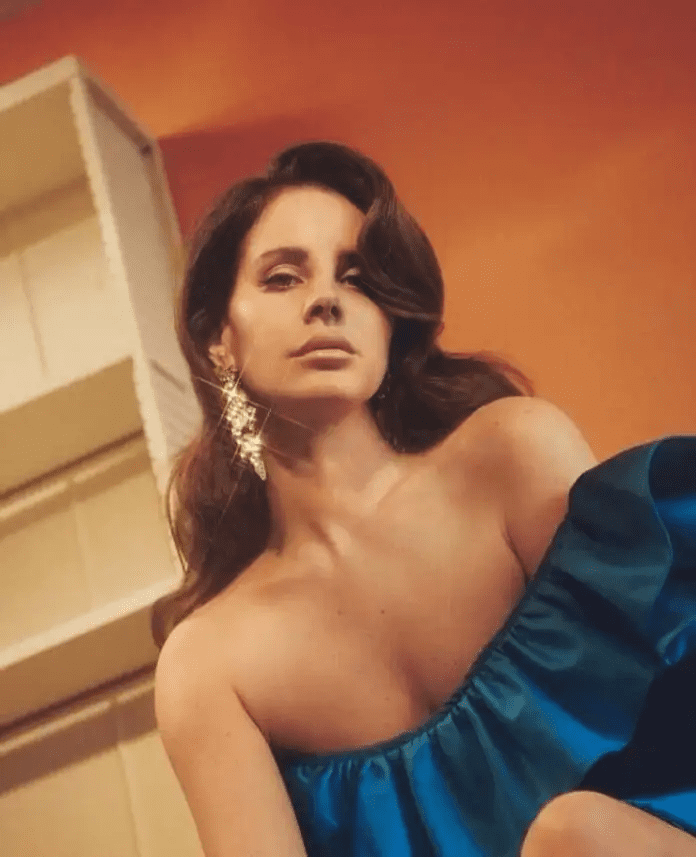
The Present: “Did You Know That There’s a Tunnel Under Ocean Blvd” and Beyond
Her latest album, “Did You Know That There’s a Tunnel Under Ocean Blvd” (2023), continues to push boundaries. The record is introspective, poetic, and unapologetically unique, blending jazz influences with classic Lana Del Rey lyricism.
Beyond music, Del Rey has ventured into poetry, releasing “Violet Bent Backwards Over the Grass” in 2020. Her writing further showcases her literary sensibilities, solidifying her place as an artist whose creativity extends beyond just music.
Lana Del Rey’s Influence on Music and Culture
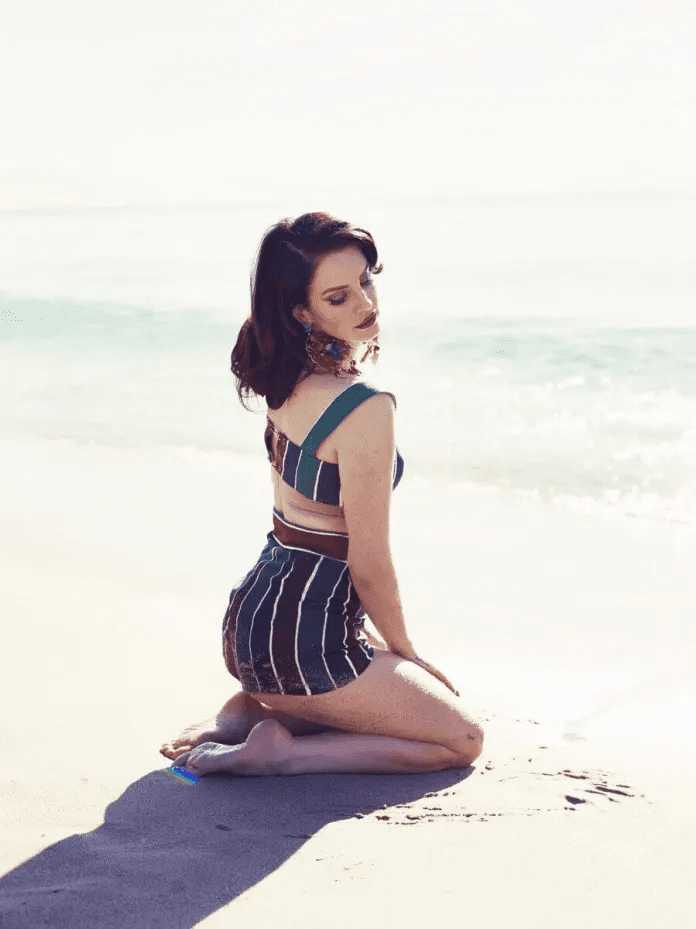
Lana Del Rey’s impact on the music industry is undeniable. Her melancholic lyricism, vintage-inspired aesthetic, and cinematic production have influenced countless artists, from Billie Eilish to Lorde and beyond.
Beyond music, her fashion sense—characterized by Old Hollywood glamor, vintage Americana, and modern grunge—has left an indelible mark on pop culture. Whether it’s her floral crowns from the Born to Die era or the sophisticated elegance of her recent performances, her style remains as influential as her sound.
Conclusion: A Legacy That Continues to Evolve

Lana Del Rey’s biography, life, and career paint the picture of an artist who refuses to be confined by industry expectations. She has transformed modern music, proving that vulnerability, storytelling, and authenticity always win over fleeting trends.
Her journey—from her early struggles to becoming one of the most celebrated songwriters of her time—serves as a testament to perseverance and artistic integrity. Each album marks a new chapter, a new reinvention, but one thing remains constant: her ability to create timeless music.
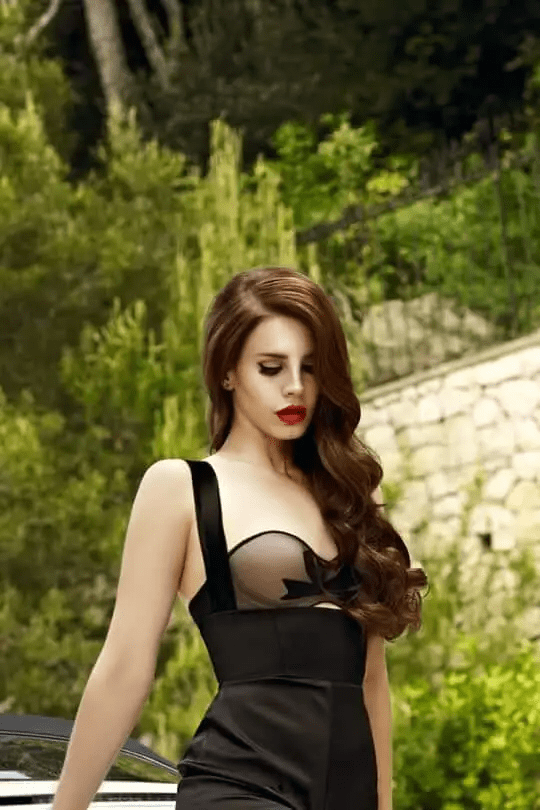
Lana Del Rey isn’t just a musician; she’s a cultural icon. And as long as she continues to share her voice with the world, her influence will remain eternal.
